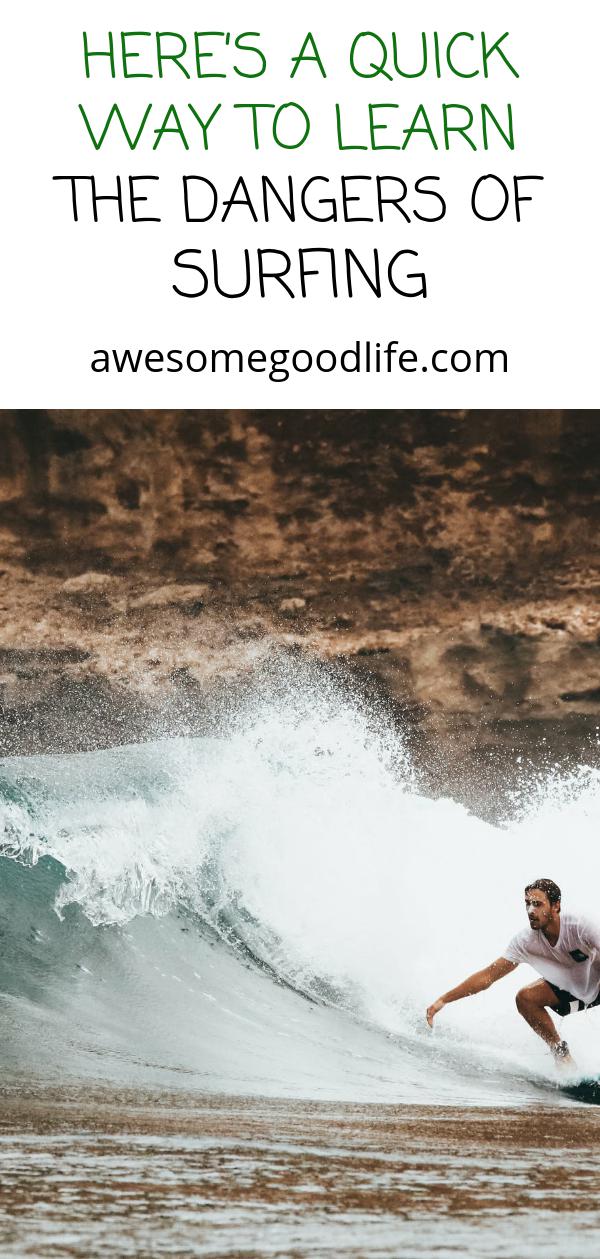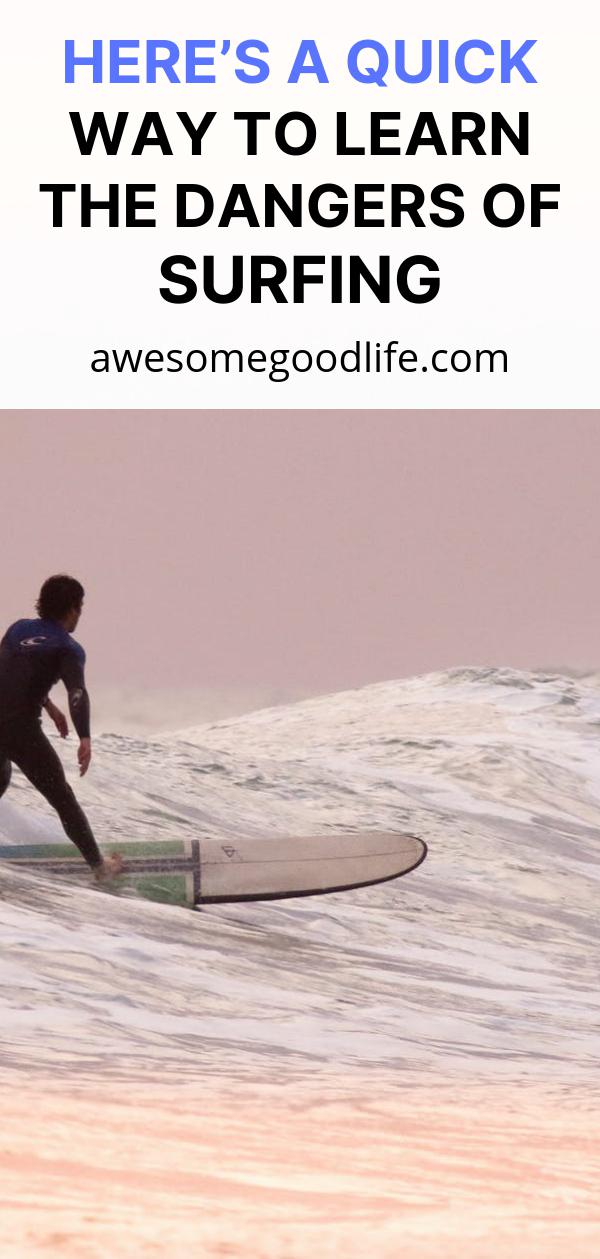Many consider surfing as a dangerous sport due to the fact that you are left naked to the mercy of towering waves who would do everything in their power to wipe you out. Despite the risks, both novice and experienced surfers find it exhilarating to put their skills to the test while avoiding the dangers. If you want to avoid turning this into a life-threatening experience then the best way to start is to understand the facts about surfing, especially for beginners who are planning to skim the waves with their new boards.
Surfing as a Sport

First, beginners should understand that surfing is a sport; meaning, anyone can do it if they really want to. Others treat it as a way of life — making it their lifelong hobby to search out big waves and try out their skills. Treating surfing as a sport makes it possible for you to learn the skills from scratch — what are the gears you need, skills you need to improve, and safety measures you need to prepare so you won’t have to worry about getting into trouble later on. Here are some steps to help you start outright.
1. Surfing Tutorial
The secret to be proficient in this water sport is to learn the basics from an expert. Downloading texts from the Internet is not going to turn you pro in just a few short months. The best way is to start from scratch and an expert teaching you the ropes. You can either join the local surfing club or enroll in one of their classes, or you can hire an expert to teach you according to your schedule.
2. Equipment
A good surfer needs good equipment. Meaning, you have to get the right gear to fit your style. Surfing is a flexible sport; you don’t have to go with the traditional long boards if you’re still a novice. You can try out with a basic surfboard, paddleboards, or bodyboards to sharpen your balance and improve your body coordination before you tackle the big swells. Also, you can also opt for lightweight surfboards that can help improve maneuverability when you’re surfing the waves — perfect for beginners to give them full control over their boards.

3. Learning the Dangers
The best way to avoid getting into trouble with surfing is to learn the danger before you try it out on the waves. The most common danger with water-based sports is drowning but you can easily avoid this when you have the right gears. Another danger in surfing is a collision. It is important that you surf in a location without any physical hurdles, like sandbars, rocks, reefs, and even other surfers. Other dangers include riptides, hidden reefs, and shallow waters. Always survey the conditions before attempting to surf, especially if you don’t have anyone with you to keep you out of trouble.





